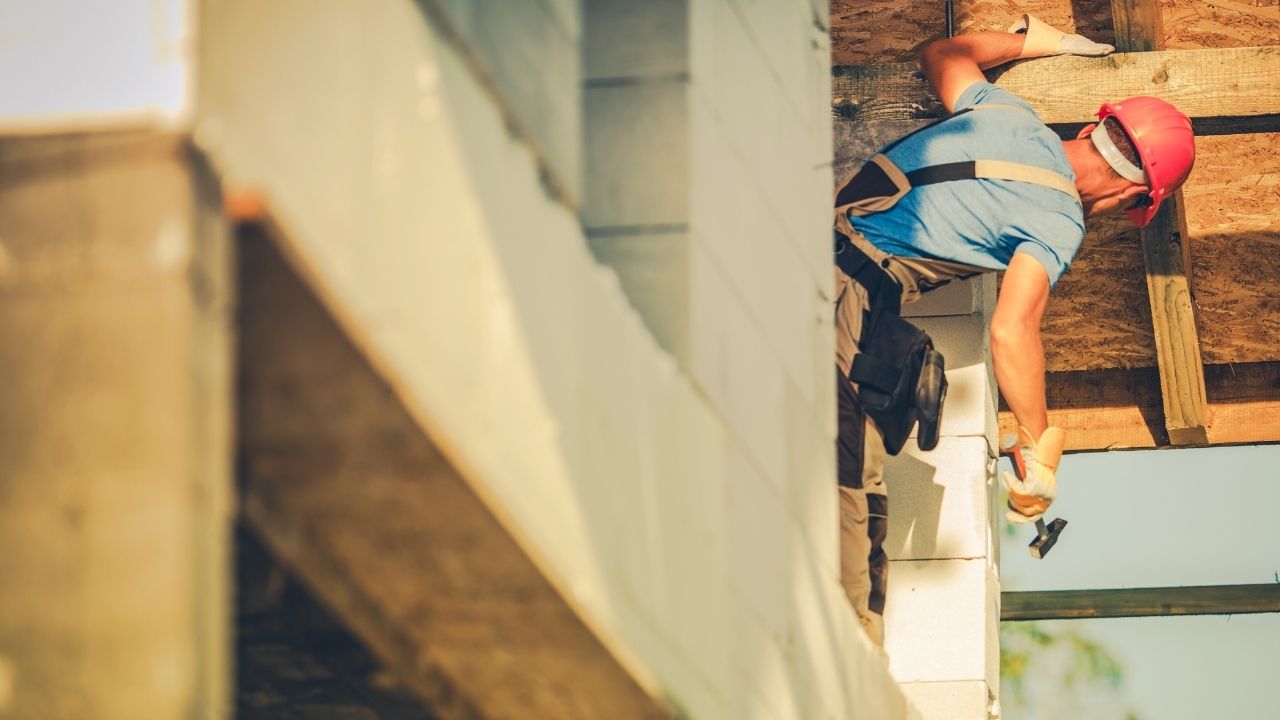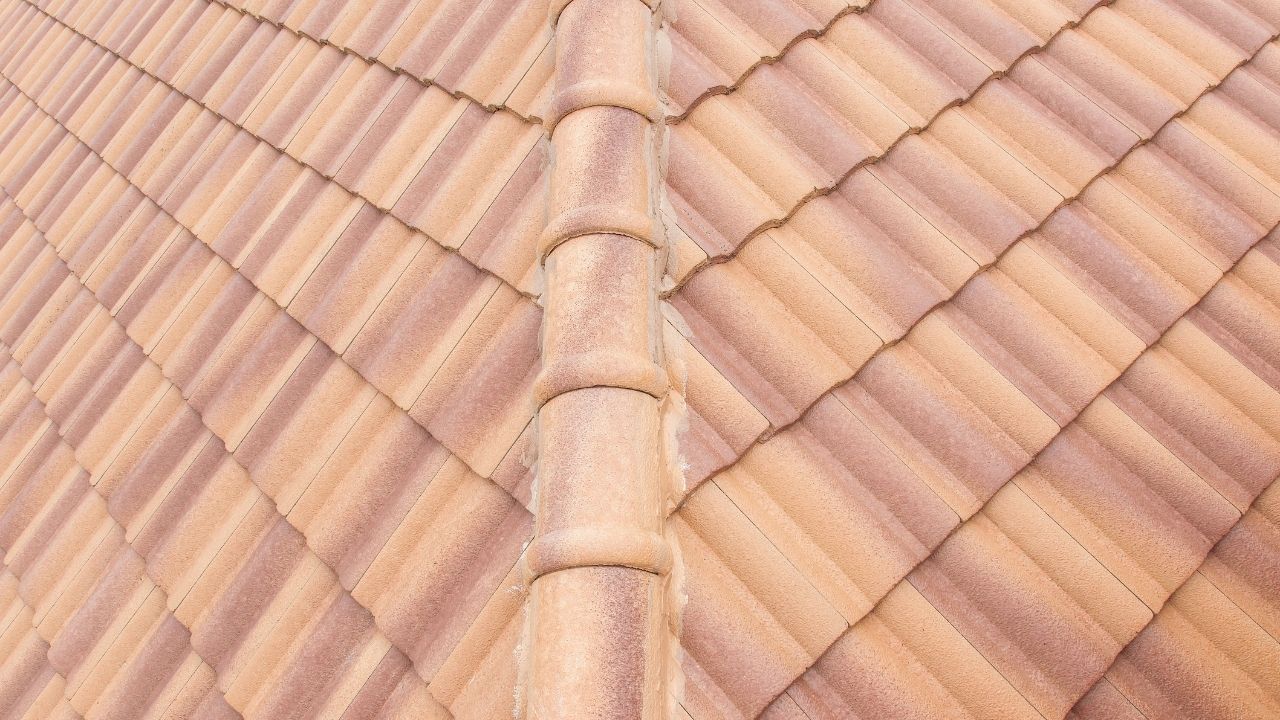
There are many types of roofing drainage systems. The most commonly used type of drainage system for roofing is the downspout. It directs water away of scuppers to the ground. These drainage systems are usually made from cast iron and are very durable. They also feature a protective cover to keep large debris out. Cast iron can be expensive and requires frequent maintenance. Luckily, polyvinyl chloride (PVC) drainage systems are much less expensive and more versatile.
There are three basic types for roof drainage systems. A common one is a RD-300-AC roofing drain, which features a highly reliable compression seal to minimize the risk of leakage. Another type of roofing drainage system that is available is the RD-300 AC. This drain system has a domed strainer which can be adjusted between one and three-and-a half inches in size. These drainage systems are made out of an epoxy-coated cast-iron and feature a self locking polyethylene dome.

There are two types. Siphoning is used as a drainage method in positive roof drainage systems. They are most prevalent on flat commercial roofs. These drains also require less drains than other roof drains. These systems are also much cheaper than other types and have a simpler installation. These systems require more maintenance than other types. This type of drain system does not need as many sloping roofs as other systems.
A primary roof drain is connected by a pipe to the other parts. Its primary function is to transport rainwater to the ground or another disposal area. These drainage systems are known as overflows. These roof drains are equipped with a 2'' water dam. It can be external or internally. They work best when there is an excessive amount of water on a roof. A secondary drainage system will be necessary if the primary roof drainage system becomes blocked.
There are many types of roofing drains. Some are hidden, while others are visible. You must ensure that your inner roof drainage system is properly installed. The best way to avoid flooding your home is to choose a lower channel over a higher one. These are more efficient, but you have to be careful not to cause your home to get flooded if you choose to place the inner roof drain on the inside of the roof.

The most popular type of roofing drain is the scuper. They are located at the roof's edge, and prevent water from pooling. These are usually made from sheet metal and installed with a gutter, or downspout. In other cases, they may be attached directly to the roof or secured using an underdeck clamp. The location of the roofing drain is important. It should be situated in the center and sloped away towards the building's external wall.
FAQ
How many times should my furnace filter need to be changed?
This depends on how often your family will use their home heating system. Consider changing your filter frequently if your family plans to leave the house during cold weather months. If you're not often out of your home, however, you may be more able to wait for the filter to change.
The average furnace filter will last approximately three months. This means you should change your furnace filters once every three months.
You can also check the manufacturer's recommendations for when to change your filter. Some manufacturers recommend that you replace your filter after every heating season. Others suggest waiting until there are visible dirt deposits.
How do you choose a good contractor to work with?
When choosing a contractor, ask friends and family members for recommendations. Also, look at online reviews. Look online for reviews to ensure the contractor you choose is experienced in the construction area you are interested. Get references from other people and review them.
Do I need an architect or builder to help me?
You may find it easier to hire someone else to complete your renovations if you own the home. If you're looking to purchase a home, an architect or builder can help you achieve your goals.
Do I have to renovate my entire house?
You can do it yourself so why pay someone when you could save time and money?
It doesn’t matter how much DIY is your passion, sometimes it can be difficult to do the job yourself. There may be too many variables involved for you to control.
You might discover that the wiring in your home is not up to date. In this case, you'll need to hire an electrician to ensure that your electrical system works safely and reliably.
Also, you should consider that some structural damage may not be possible during renovations.
It is possible that you don't have the right tools or the knowledge to do the job correctly. You will need a special tool called the plumber's snake to clean clogged pipes if you plan to install a kitchen sink.
Plumbing codes also require that you have a licensed plumber work on your project.
Let's just say that you must know what you can do before you undertake such a daunting task.
Ask for assistance from family and friends who have completed similar tasks before if you are uncertain.
They can give you advice on what steps you need to take and where you can go to learn more about the subject.
How to quickly sell my home without having to pay realtor fee?
Start searching for buyers immediately if you're looking to sell your house fast. This means that you should be willing to accept whatever price the buyer offers. You will likely lose some buyers if you hold off too long.
Is it better to finish floors or walls first?
The best way for any project to get started is to decide what you want. It is crucial to plan how you'll use the space, what people will use it for, and why. This will help you choose flooring or wallcoverings.
You can choose to put flooring in the first place if you decide to open up your kitchen/living space. Wall coverings can be used if the intention is to keep this area private.
Statistics
- The average fixed rate for a home-equity loan was recently 5.27%, and the average variable rate for a HELOC was 5.49%, according to Bankrate.com. (kiplinger.com)
- It is advisable, however, to have a contingency of 10–20 per cent to allow for the unexpected expenses that can arise when renovating older homes. (realhomes.com)
- A final payment of, say, 5% to 10% will be due when the space is livable and usable (your contract probably will say "substantial completion"). (kiplinger.com)
- According to the National Association of the Remodeling Industry's 2019 remodeling impact report , realtors estimate that homeowners can recover 59% of the cost of a complete kitchen renovation if they sell their home. (bhg.com)
- Most lenders will lend you up to 75% or 80% of the appraised value of your home, but some will go higher. (kiplinger.com)
External Links
How To
What amount should I spend to restore my old house?
Cost of renovating your house will depend on the number of rooms you want to upgrade, what type of renovations are planned, where you live, as well as whether you hire professional help. The average cost for renovations is $10,000 to $50,000 depending on how large and complex the project.
If you plan to sell your house after renovations, the value of the home will likely be lower than its market value. This is because you do not take into consideration the costs for repairs, upgrades, or improvements. You might even lose money if you put too little effort into making your home look its best before selling. However, investing enough energy and time into improving the appearance of your home can help increase the value you get for it when you list it.
These factors will help you choose which projects to start first.
-
Your budget. Begin small if your budget is limited. If you have a limited budget, it is possible to tackle one room at time, such painting walls or replacing flooring. Or you can hire a contractor who specializes in kitchen remodeling to make some major changes without spending a lot of cash.
-
What are your priorities? Are you looking to improve the general condition of your house or fix specific problems? If you decide to address one issue only, remember that small problems can quickly become major ones. You might have to replace your roof sooner than you thought if it leaks each time it rains.
-
Your timeline. Consider your timeline. You wouldn't, for instance, want to put hardwood floors in your new house or change the bathroom fixtures if you plan to move next year. You might consider waiting until you sell your current home before making these updates.
-
Your skills. Find someone to help you if you don't have the necessary skills. You might hire a cabinet maker if you don't have the skills to build custom cabinets.